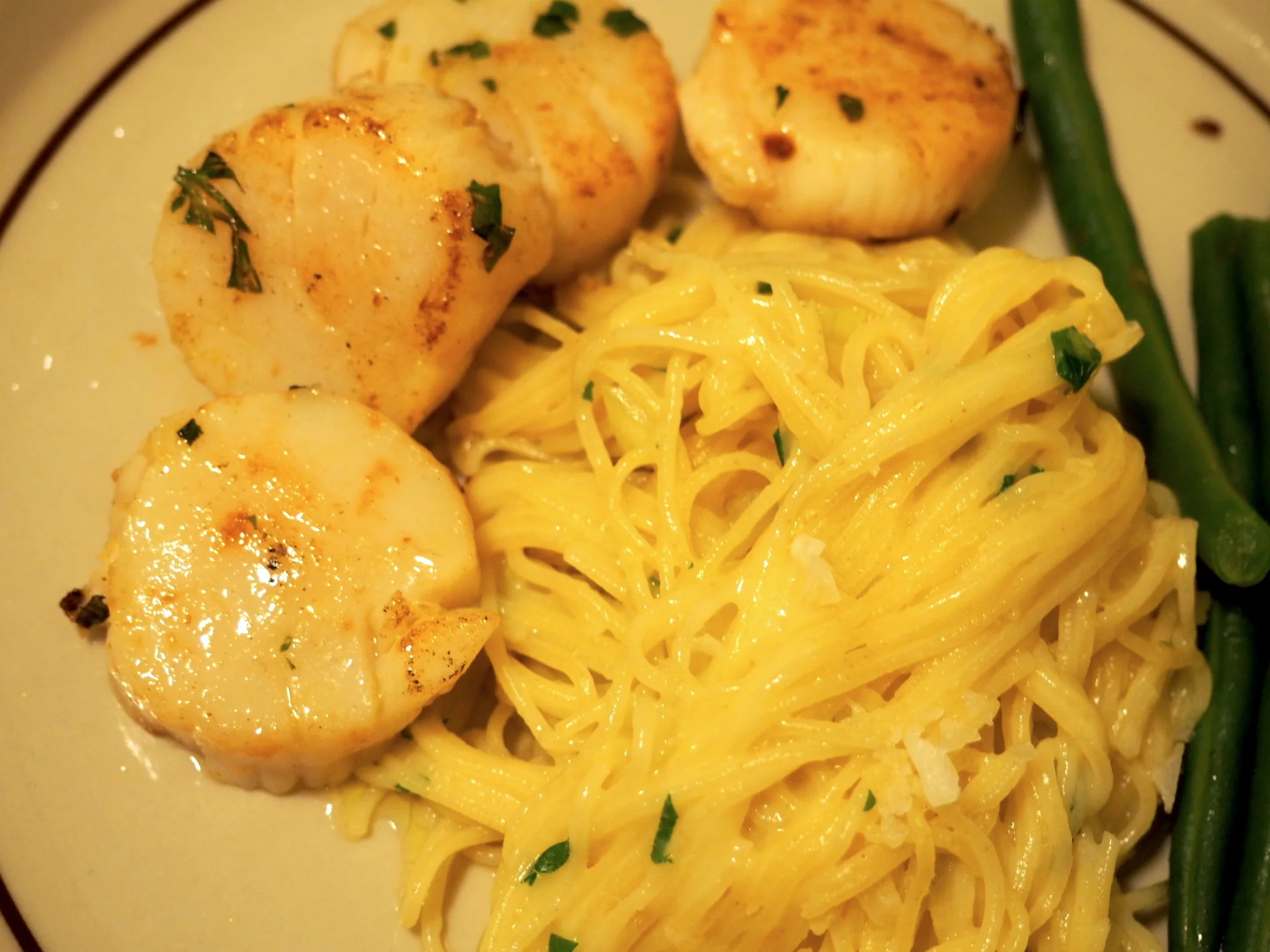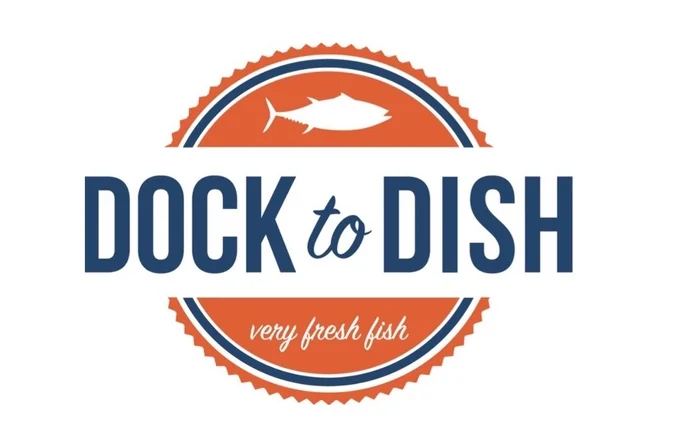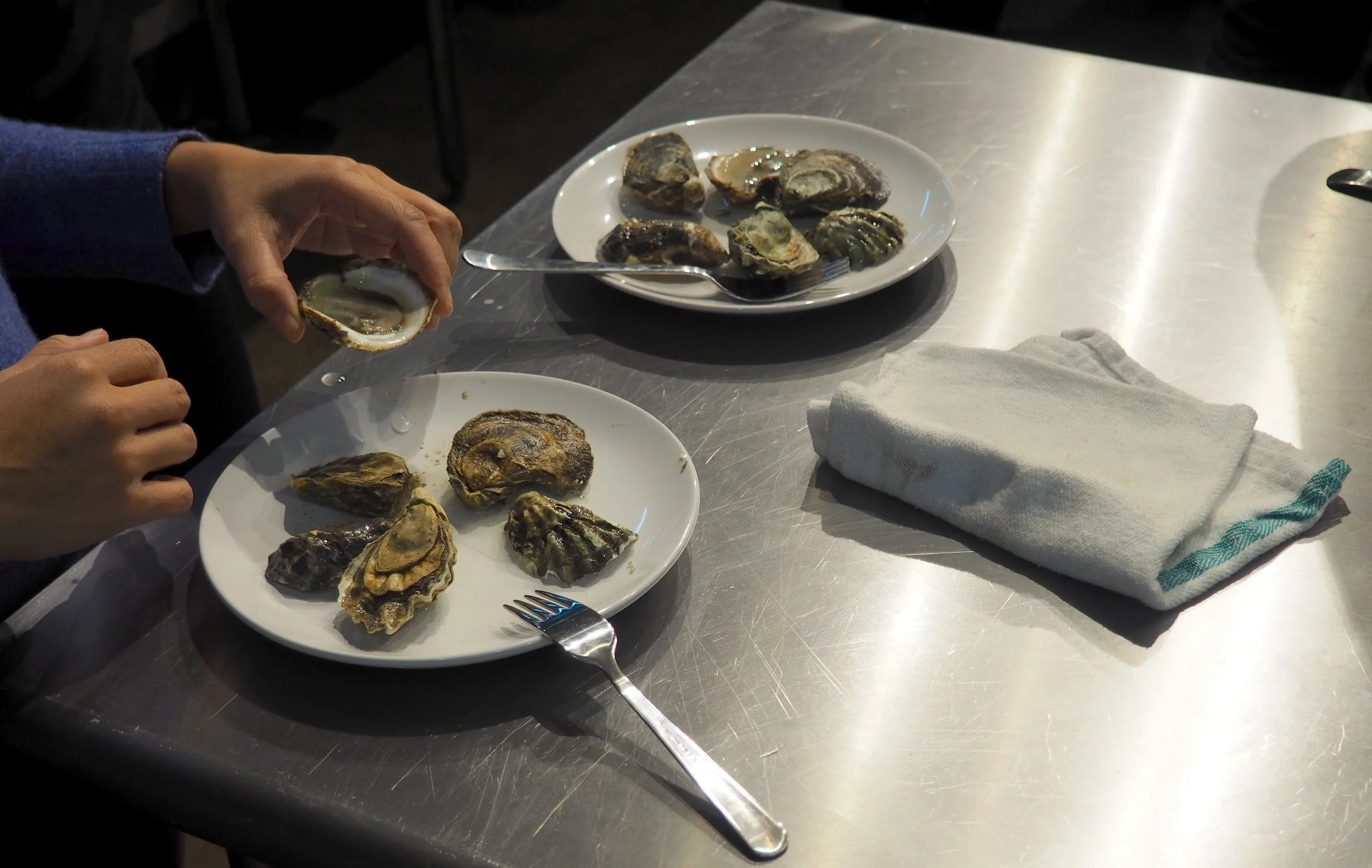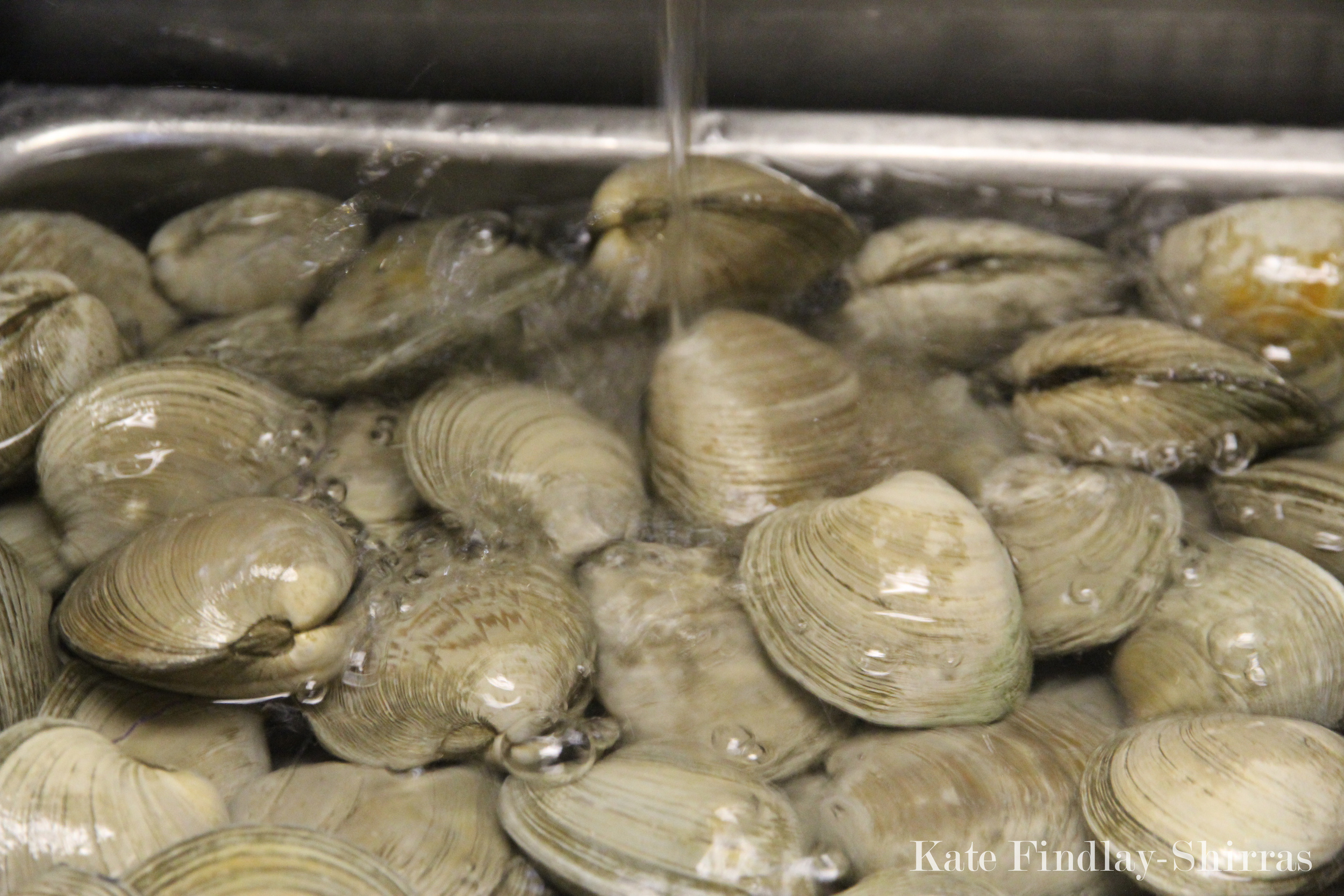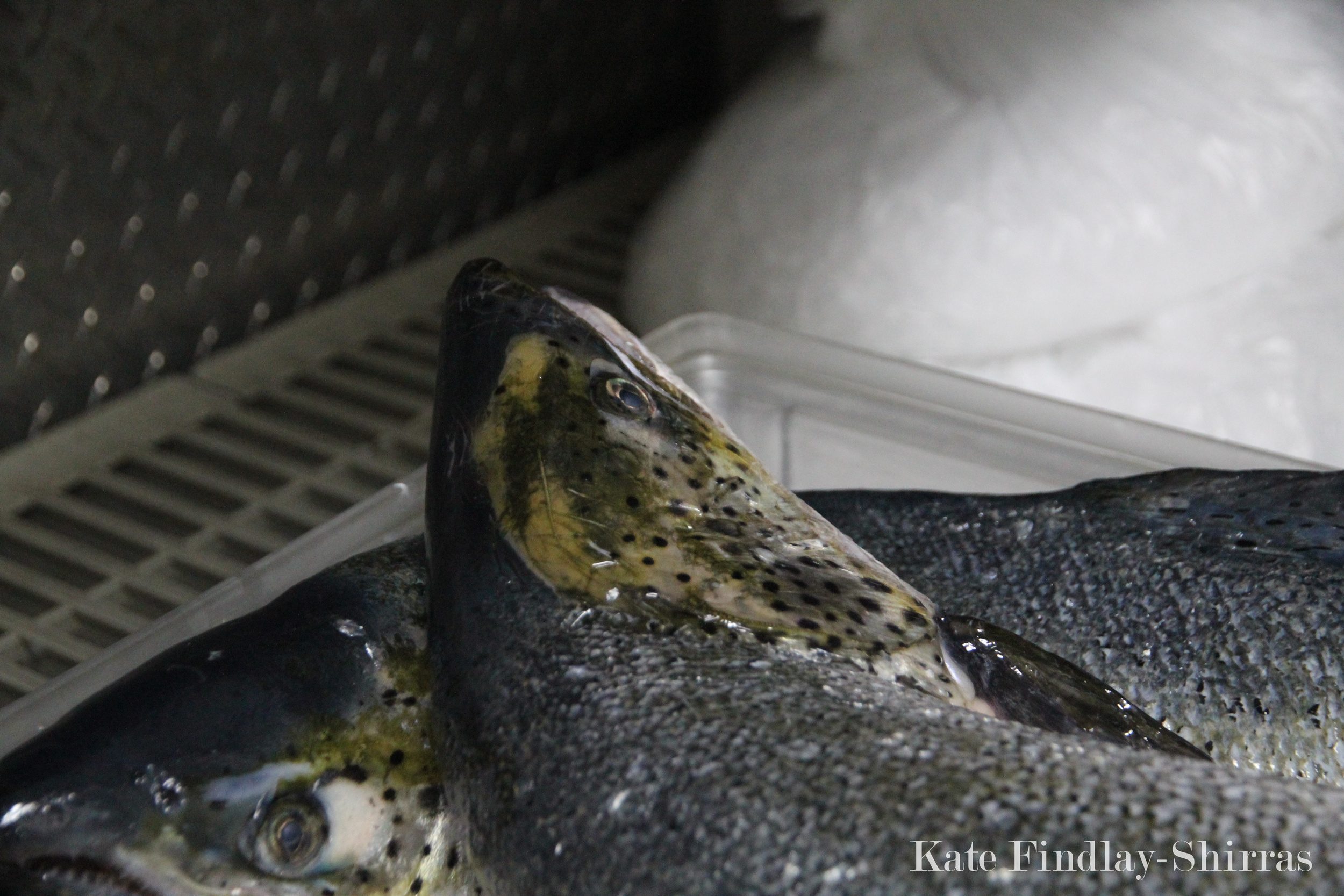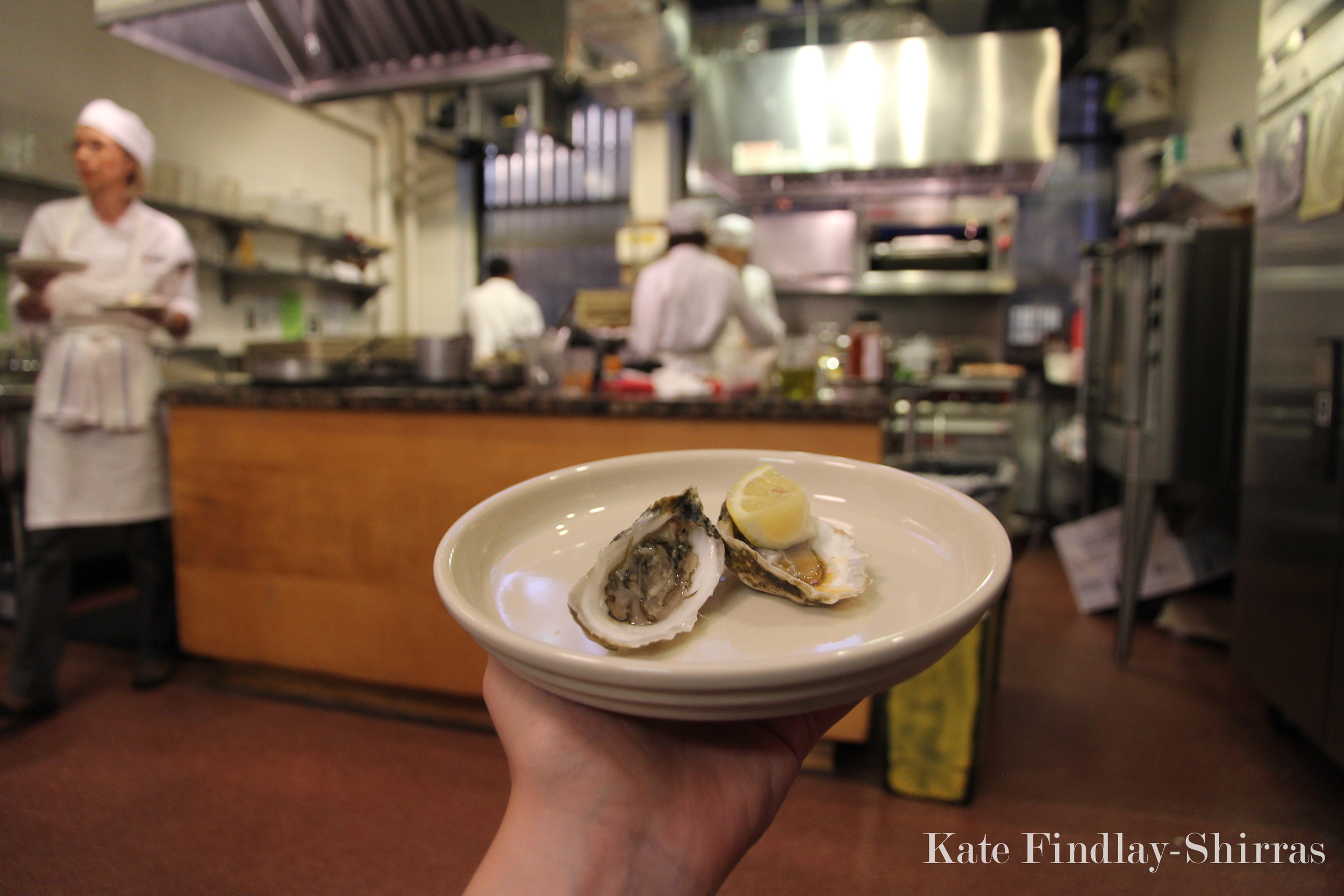The festive season is nigh! I’ve been seeing so many wonderful ocean-supportive projects this year that I had to put together a wee list of the best bits. The suggestions below will surely knock the boots off your nearest and dearest.
Shop local and shop thoughtfully!
1 - Canned Brigham calamari, in its ink, via @therockfishuk
2 - Plant pots and carabiner clips, made from recycled ocean plastic and ghost nets sourced from UK coastal areas, via @ecotribolife
3 - Oyster candles made with discarded shells, via @richardhawardsoysters
4 - A charming metal crab dish, via @wrightbrosltd
5 - Richard Hayward Oyster Shucking bundle, complete with shucking knife, oyster forks and a lovely shucking towel. @richardhawardsoysters
6 - Vintage oyster plate, via Etsy @inhabituelle_vintage.
7 - Half Shell Gin, distilled with Carlingford oyster shells and kelp seaweed, via @wrightbrosltd
8 - Chocolate Sardines, via @daylesfordfarm
9 - Canned classic Cornish sardines, via The Pilchard Works
10 - Stunning seaweed prints from Pembrokeshire coast, via @coastandwild

















